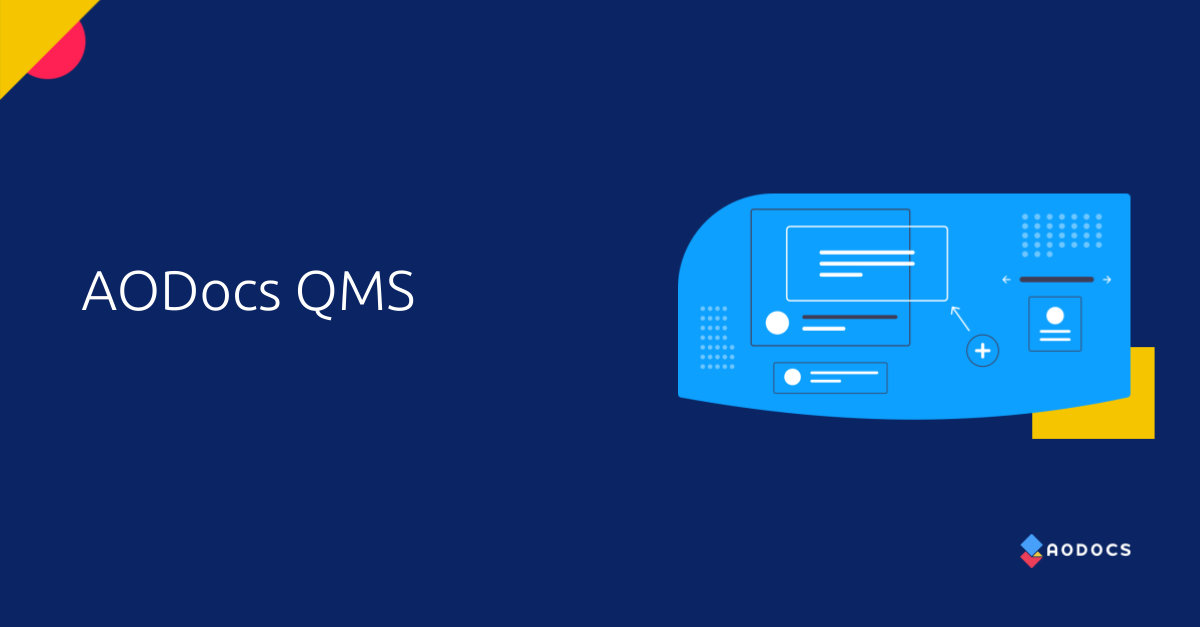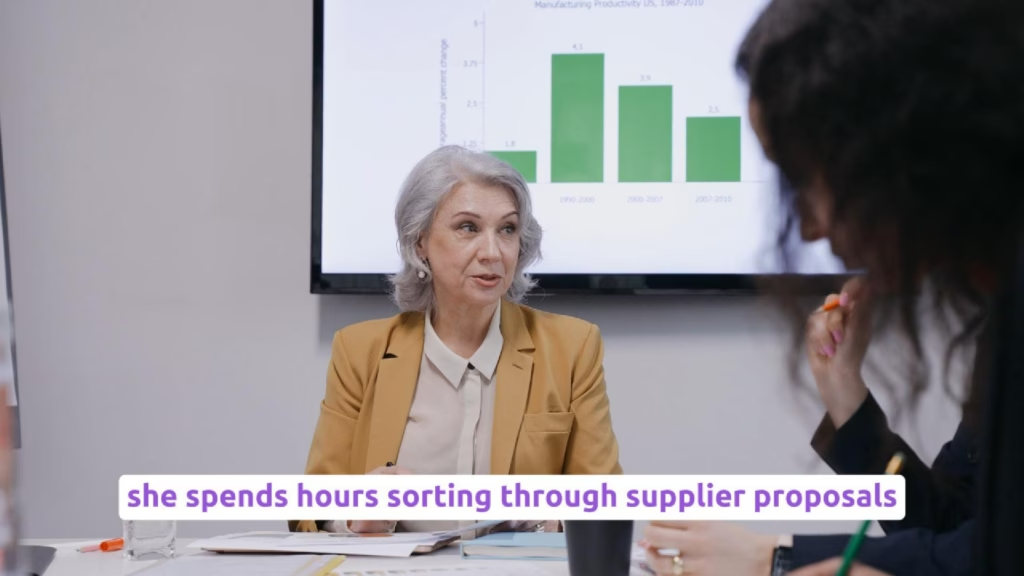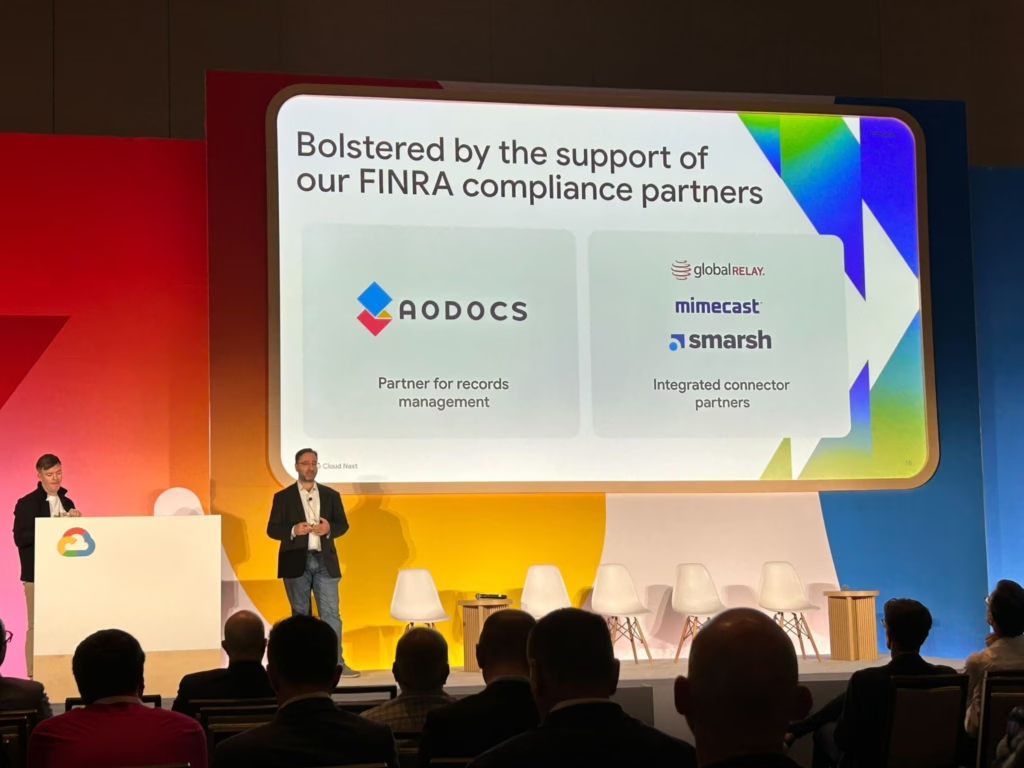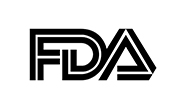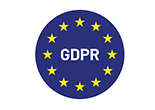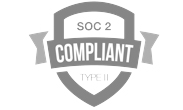How many engineers does it take to change a lightbulb validate a Non-Conformity Report (NCR)?
My AODocs colleague, Maxime, was once working on a project that required 17 different construction engineers to validate one NCR.
Think about that for a moment.
Because of the engineering mix needed for this construction project, which included specialties like mechanical, hydraulic, electrical, and materials engineers, there were a lot of validations needed from a lot of different engineers and subcontractors. Maxime said it took months upon months to get those 17 validations, and that delayed the entire project at a very high cost.
While we can’t reduce the number of people who need to validate an NCR, what we can do is show you how to make the NCR validation process more efficient.
But how can we do that? The validation of just one NCR is complex and can be time-consuming. When you add to it the uncertainty of who has to sign off on what, and chasing each approver for their signature, a single NCR can take months to get closed. Now, think about all of the possible NCRs that could stem from one project – there could be a lot of them, each with similar sign-off needs.
Of course, your organization could have multiple projects occurring at the same time, and each of those could have multiple NCRs to validate and resolve. If this is beginning to sound like a logistical nightmare, that’s exactly what it is, and it’s why so many companies are looking for a better way to handle NCRs. They want a method that ensures compliance, but that also accelerates the NCR validation process.
It’s not just construction projects, of course. There are many industries where Non-Conformity Reports can cause problems, like with Life Sciences, Manufacturing, Automotive SMS, and even Food and Beverages. Each of these could then benefit from a better approach to handling these NCRs, that minimizes inefficiencies, and reduces project delays.
I’m going to offer a solution to this problem, but first, let’s take a moment to talk about what Non-Conformity Reports are and what the impact of them can be on your projects.
What is a Non-Conformity Report?
In general terms, a non-conformity report can include everything from your company’s own internal procedures, the requirements of the client, as well as regulatory oversight. When any of these is out of alignment with what is needed, that results in a non-conformity.
There are actually two levels of non-conformity reports that you should be aware of, especially when you view things through the lens of ISO9001:2015. There are minor non-conformities, and there are major non-conformities.
A minor non-conformity is one that isn’t violating a specific ISO9001 requirement. An example of this would be something that doesn’t align with your internal policies, or a client request that should be addressed but isn’t a show-stopper.
As you may have gathered, it’s the major non-conformity aspects that can get you into hot water. If your Quality Management System (QMS) lacks the capability to meet the ISO9001 standards, like a failure to take preventive or corrective actions, not implementing a part of the standard, or not implementing a procedure, then you could be putting the entire project at risk. At a minimum, it can slow things down to a crawl.
Resolve Non-Conformity with QMS
I would suggest that you look at a software solution for QMS. Look for a QMS solution that not only is capable of alerting you to non-conformity issues, but which also allows you to leverage automated workflows and document management to reduce this process from weeks or months to just a few days.
If your organization is using Google Drive and Workspace to create, manage, and store your documents, then you should take a look at the only process and document solution that’s tightly integrated with those.
This is exactly what you’ll find when you look at AODocs for QMS – it’s ideal for those who work in highly regulated industries. It can ensure that only the right people have access to any document at any time, and it can keep your team and organization in an “audit-ready” state at all times. Its workflow automation capabilities make it simple to get approvals, input, sign-offs, and related requests with email alerts and reminders.
Not sure where the bottleneck might come from? It’s easy to look at an active workflow and determine who or what is slowing the process down.
Thanks to its integration with Google Workspace, teams can use Google Docs, Google Sheets, Gmail, and the other familiar apps found in Google Workspace (formerly G Suite) to create, edit, and review documents. The included AODocs Mobile App means that work can be done with the mobile versions of the respective Google Apps. With it, team members can make edits, add comments, view, or make approvals from any location with a connected smartphone or tablet.
No matter which solution you choose, be sure to choose one that can mitigate non-conformity while also enhancing usability and efficiency.
